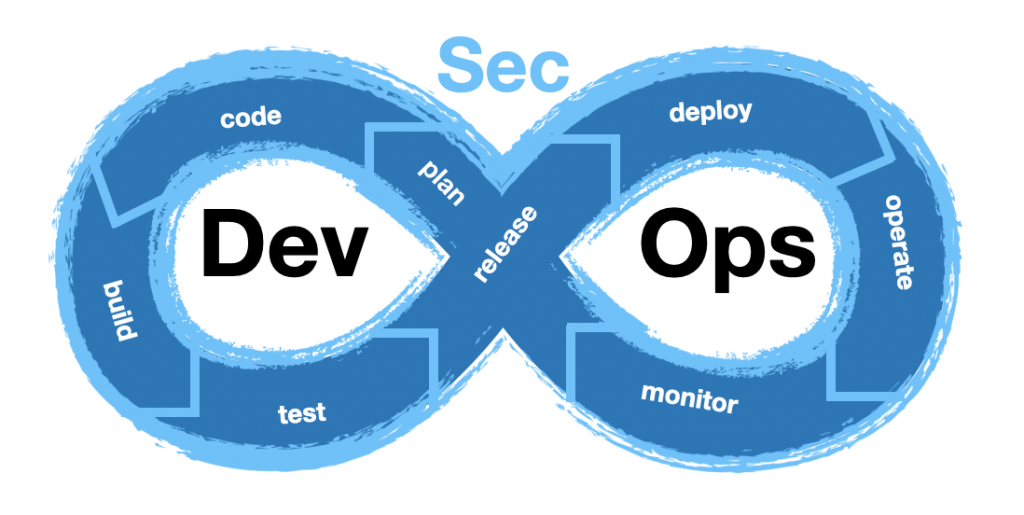Development, security, and operations are all referred to as DevSecOps. It’s a culture, automation, and platform design approach that emphasises security as a shared responsibility across the IT lifecycle.
Integrate the task management system with the application security system. This will generate a list of bug tasks for the information security team to do automatically. It will also give actionable information, such as the type of the flaw, its severity, and the necessary mitigation. As a result, the security team will be able to address problems before they reach the development and production environments.
Data security and the environment
The three teams have been utilising various metrics and tools since they have been working separately. As a result, they’re having trouble deciding where the tools should be included and where they shouldn’t. Bringing together tools from diverse departments and integrating them on a single platform is difficult. User identity and access control should be centralized:
- Because authentication is started at numerous places, tight access control and centralized authentication procedures are needed for protecting microservices.
- Isolate microservices-running containers from one another and the network: This covers data in transit as well as data at rest, as both may be high-value targets for hackers.
Security of the CI/CD process
Aqua Security is a security platform that focuses on the security of containerized apps and associated infrastructures, avoiding intrusions and vulnerabilities throughout the DevSecOps process. Aqua has stringent runtime security mechanisms and controls. This tool focuses on network access and application image vulnerabilities. Aqua works with a range of infrastructures, including Kubernetes, to protect clusters at the network level and regulate container activity in real time using machine learning behaviour profiles. Integrate container security scanners: This should be done as part of the registration procedure for containers.
- Automate security testing in the CI process: This includes using security static analysis tools as part of builds and scanning any pre-built container images for known security vulnerabilities as they enter the build pipeline.
- Incorporate automated security tests into the acceptance testing process: Input validation checks, as well as authentication and authorisation functions, may all be automated.
- Security updates, such as patches for known flaws, should be automated: Use the DevOps pipeline to do this. It should make it unnecessary for administrators to enter into production systems while also establishing a documented and verifiable change record.
- Automate the administration of system and service configurations: This ensures that security regulations are followed and that human mistakes are avoided.
Container and microservice security is embedded into DevOps security.
Static security policies and checklists don’t work well with cloud-native solutions. Rather, security must be ongoing and integrated across the whole life cycle of the app and infrastructure.
DevSecOps refers to the process of integrating security into the development of apps from beginning to end. This pipeline integration necessitates a new organisational mentality as well as new technologies.
This webinar series will provide professional viewpoints on security throughout the container application stack and life cycle.
